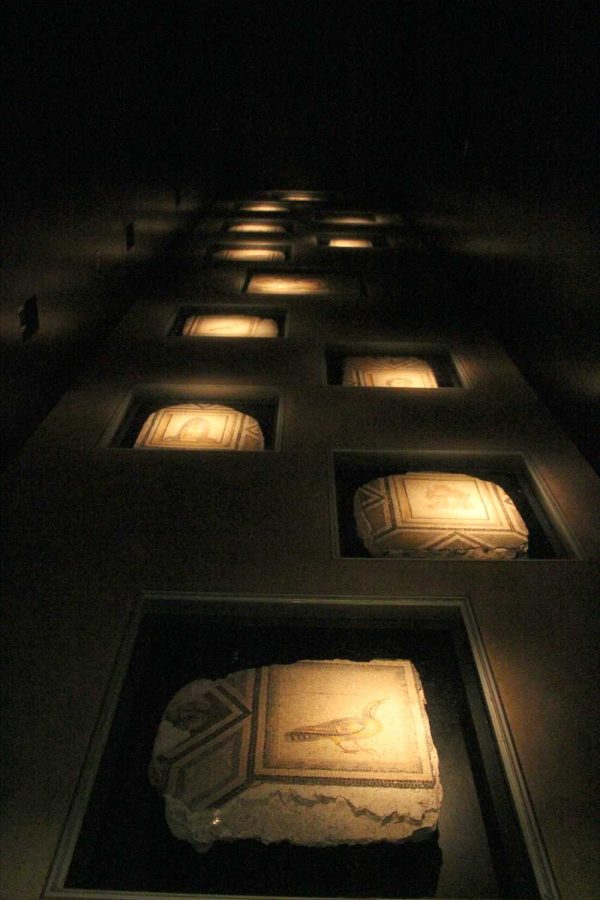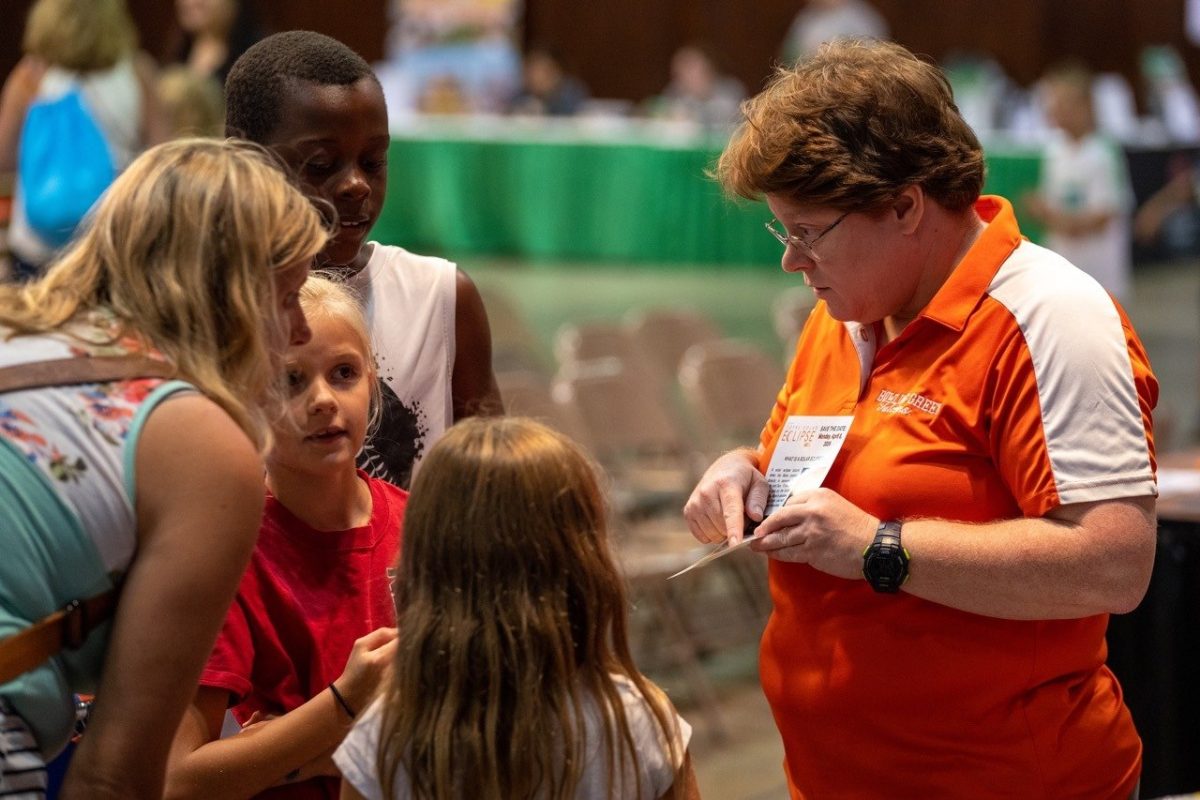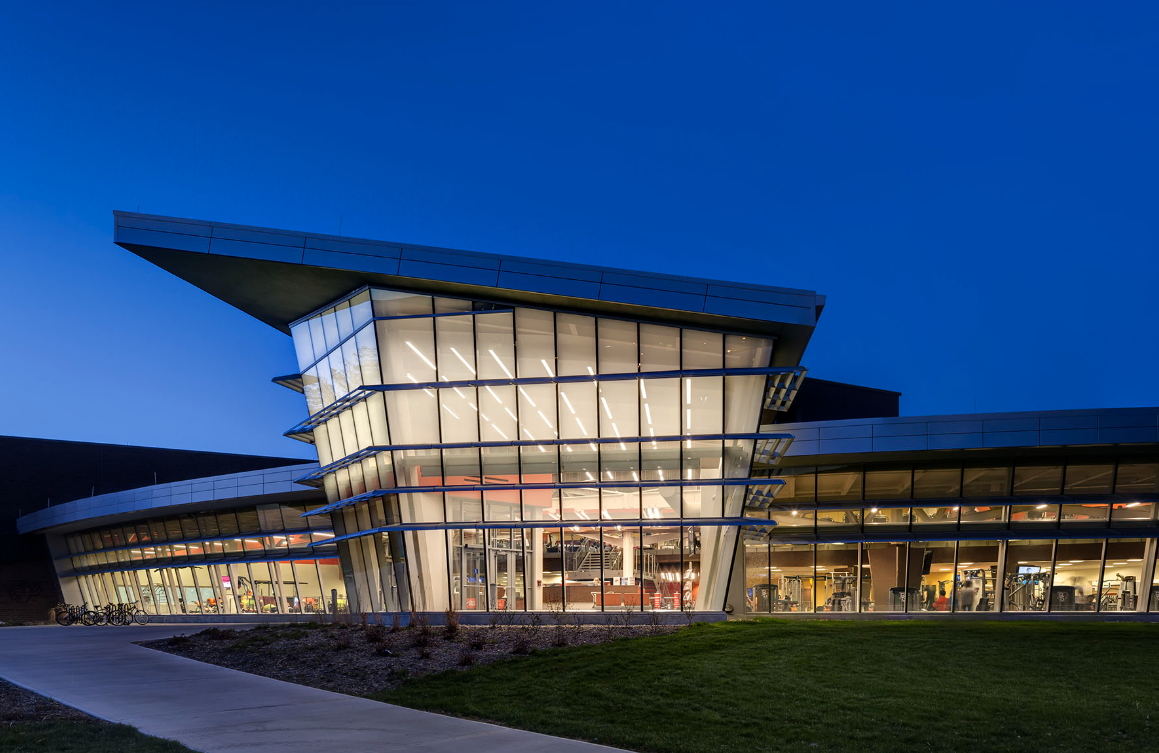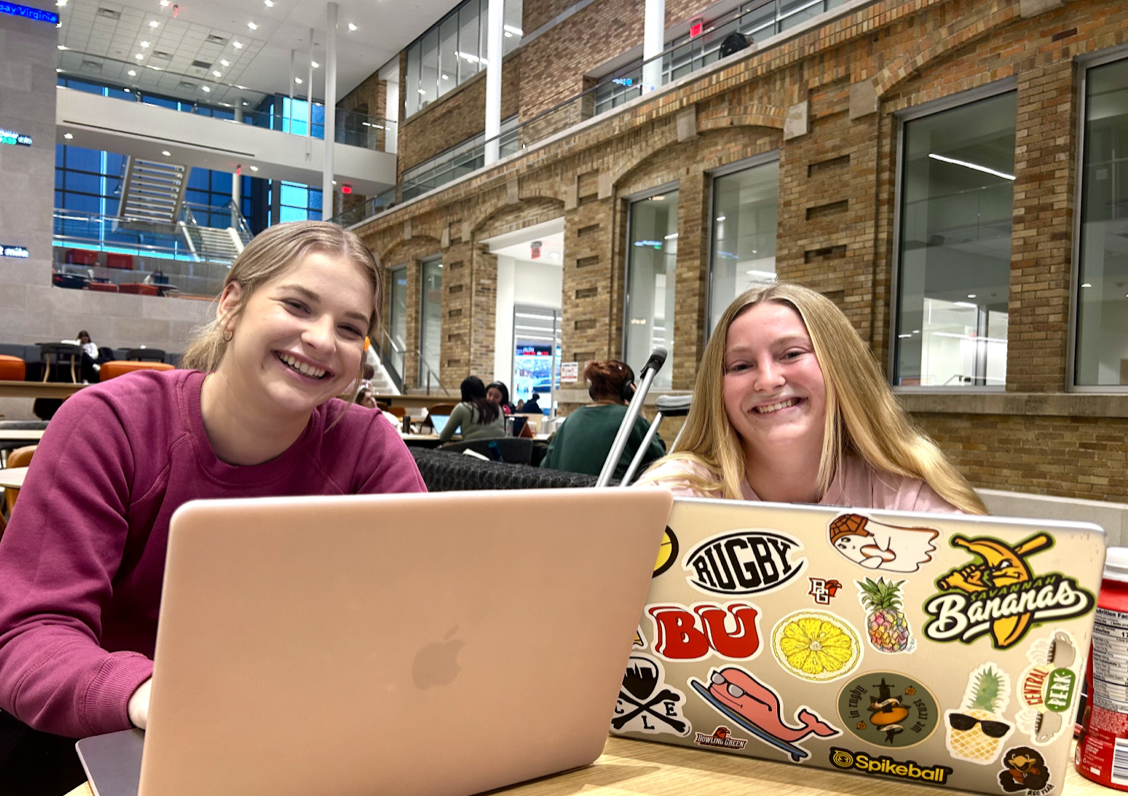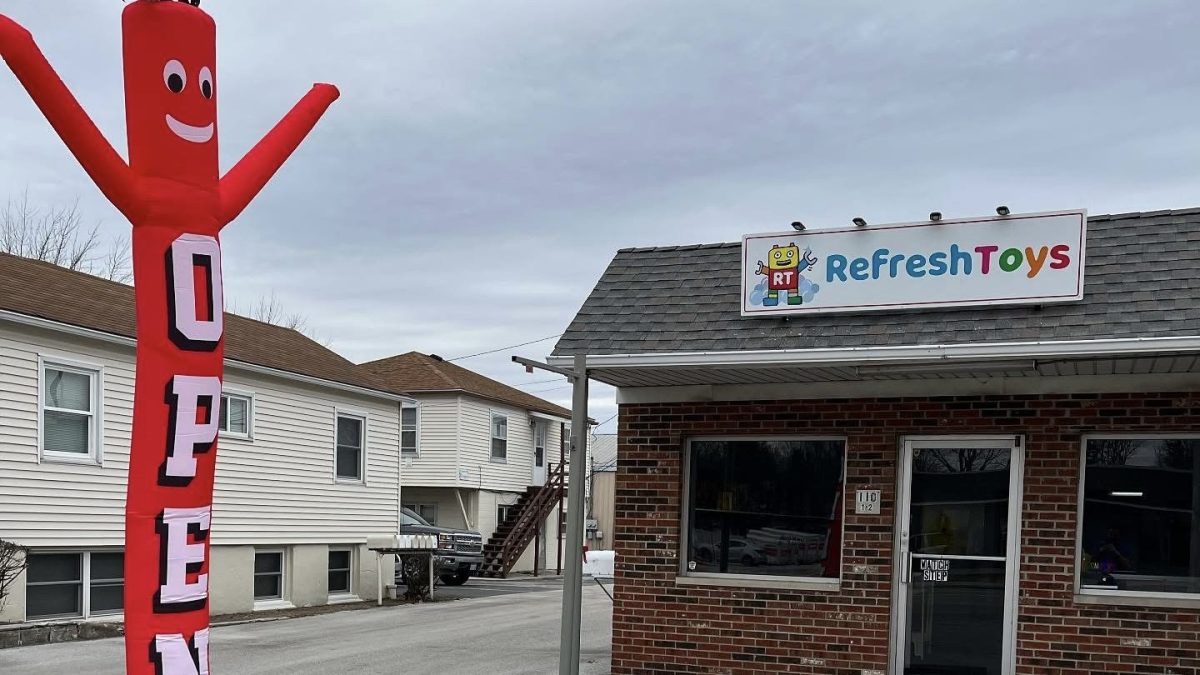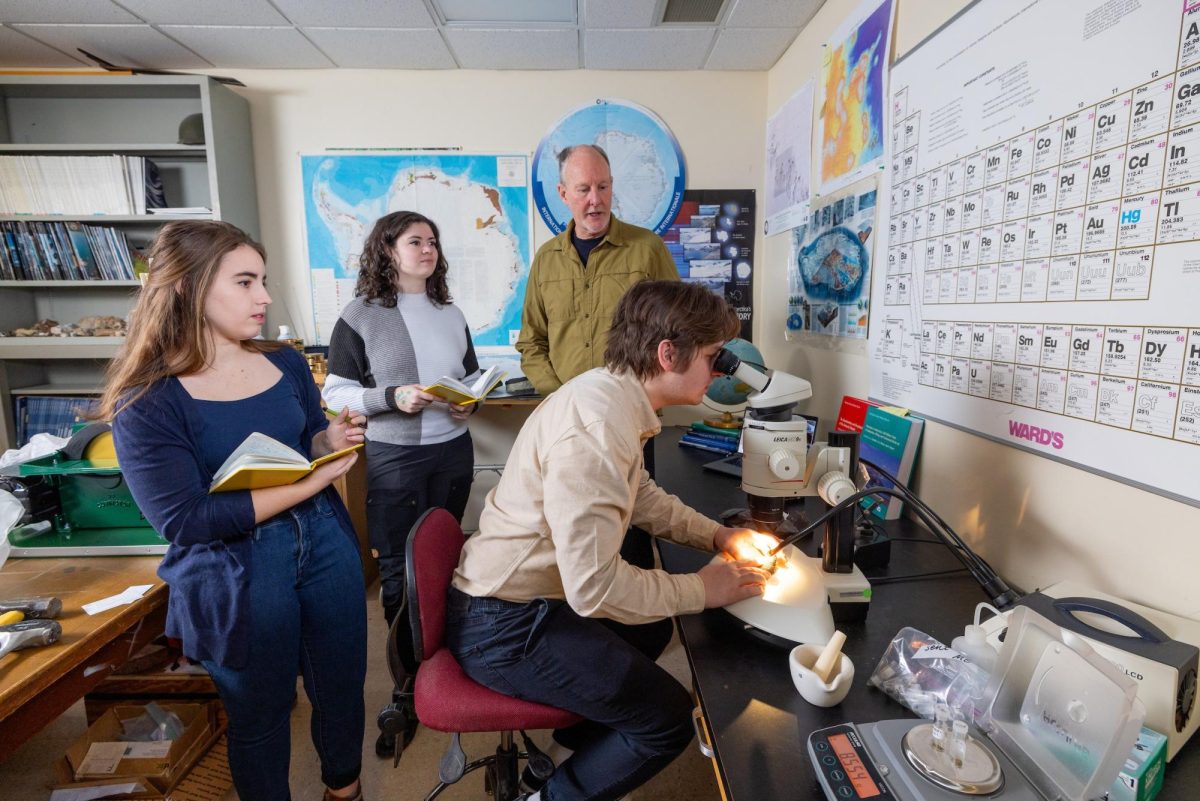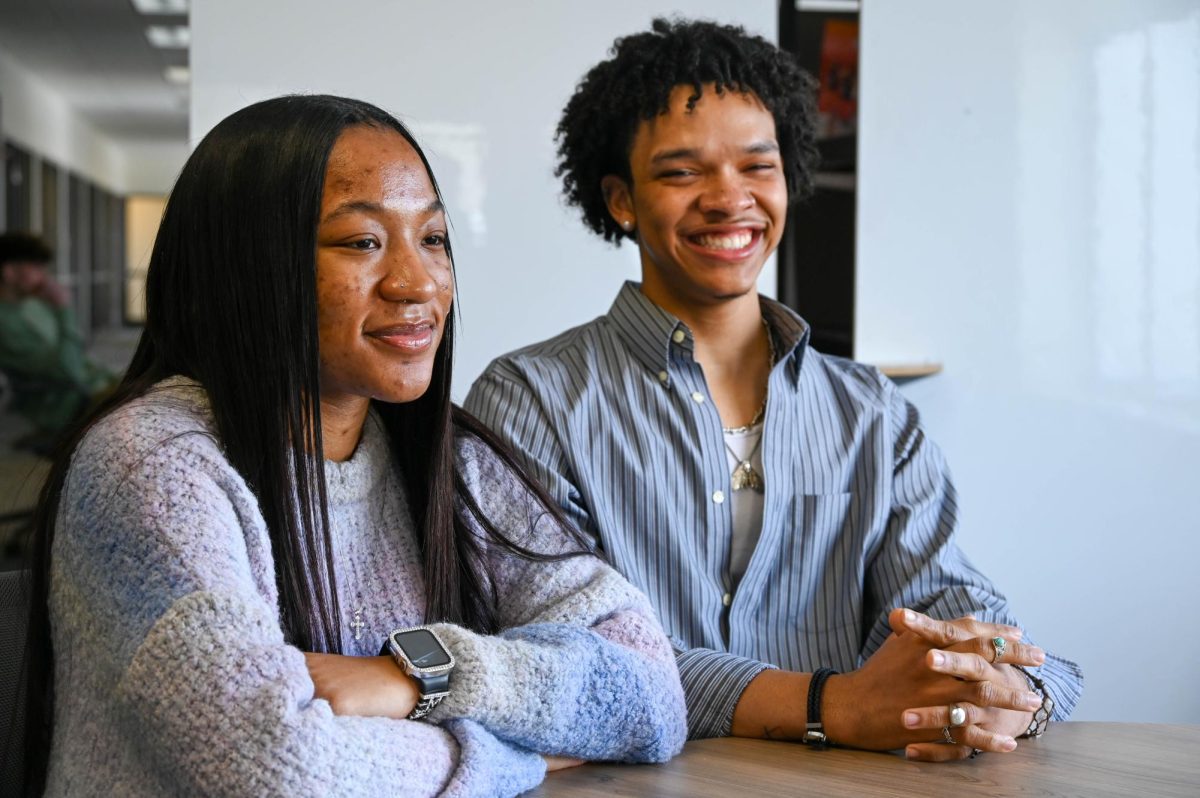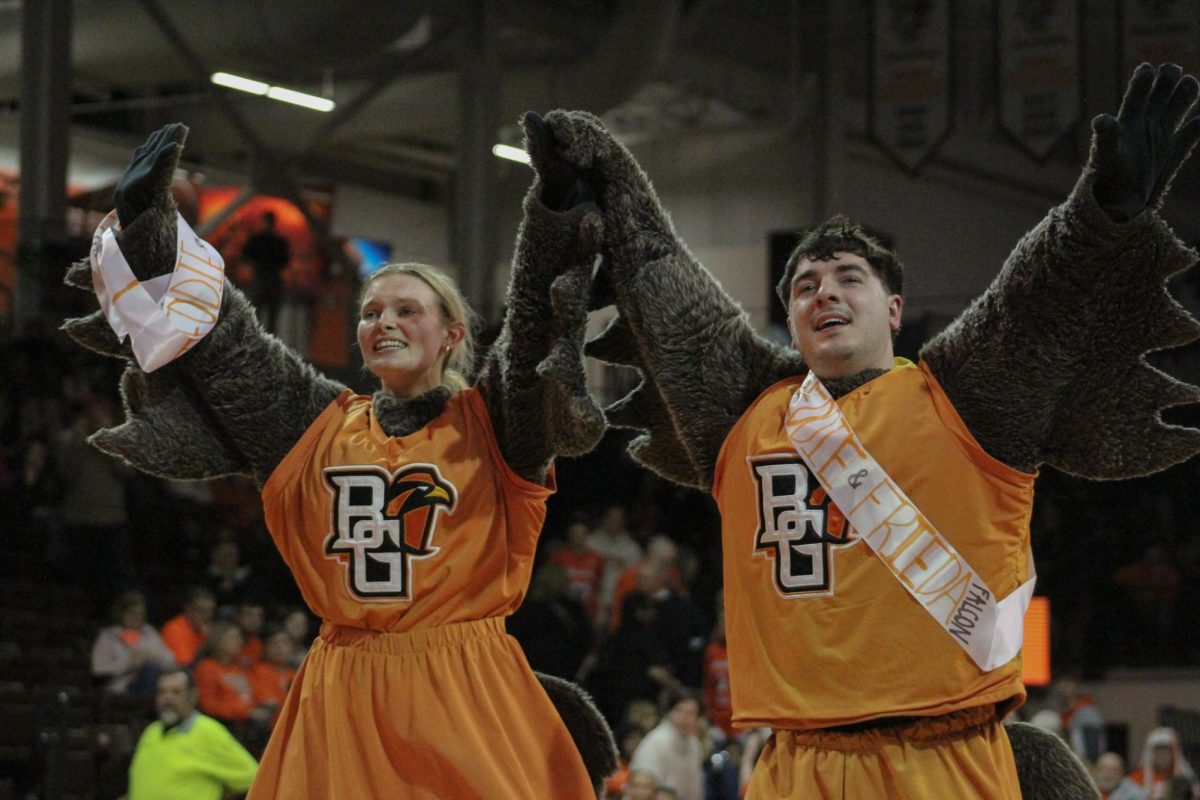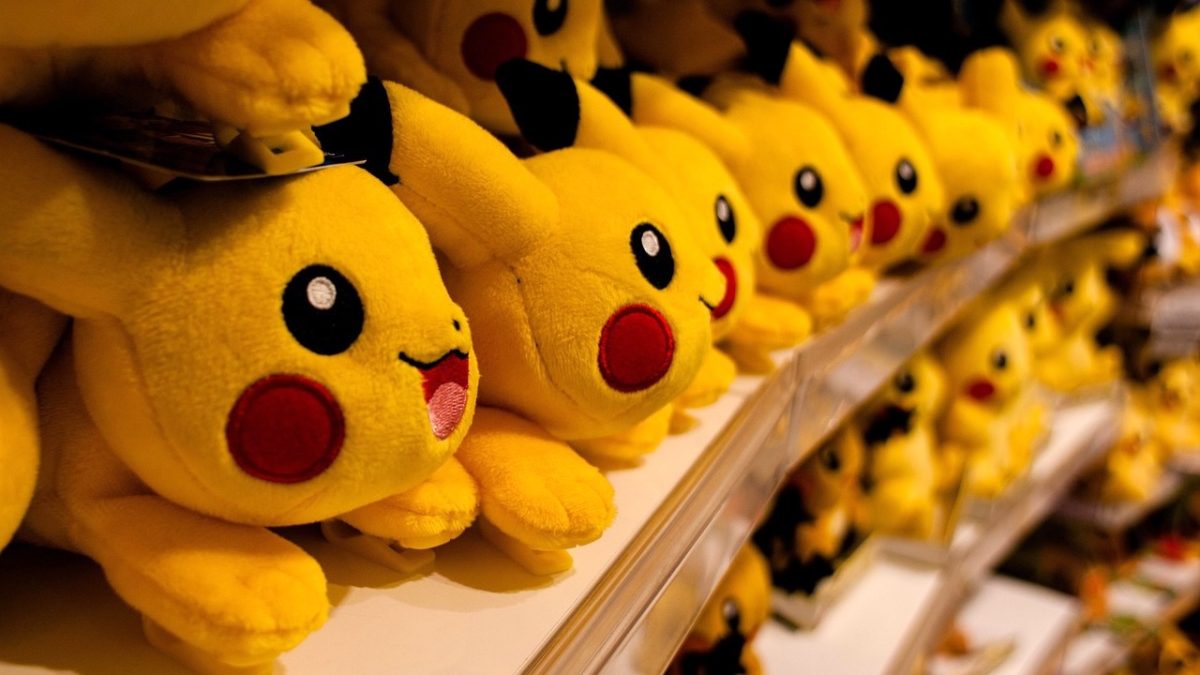The University is still working with the Turkish government to see whether it needs to return its ancient Roman mosaics back to their original location.
The mosaics, which are on display in the floor of the Wolfe Center for the Arts, are believed by researchers to be illegally excavated from a site in Turkey. The 12 mosaics were sold to the University in 1965 for $35,000.
“It’s a really complicated issue,” said Stephanie Langin-Hooper, assistant professor in the School of Art, who researched the mosaics for a symposium in January 2012. They are located in the lobby of the Eva Marie Saint Theater.
When Langin-Hooper and Rebecca Molholt, assistant professor of History of Art and Architecture at Brown University, discovered the mosaics’ originated from the ancient site of Zeugma and not Antioch, both located in modern-day Turkey, the symposium was cancelled.
The University then initiated talks with Turkey to sort out the matter.
“Those conversations have been informative and it is expected they will continue,” University Spokesperson Dave Kielmeyer said in an email. “The University continues to review the laws and regulations that pertain to the mosaics.”
Illegal excavations of antiquities ending up on the art market “happened quite a bit in the 1950s and many museums are trying to rectify those mistakes,” Langin-Hooper said.
While the University may have been duped by stolen loot, it has happened before in the area.
In the past three years, the Toledo Museum of Art had two artifacts that had to be returned to their country of origin, said Kelly Garrow, head of communications for the museum.
The first was a German porcelain centerpiece stolen during World War II and the second was an Italian jug illegally excavated, Garrow said.
“For years and years, objects were removed from their countries of origin, but those countries didn’t enforce their own laws,” she said, adding that they didn’t have enough resources to patrol historical sites. “Looters would take things from the ground and they’d end up in the art market.”
Today, Garrow said it is more common for countries such as India, Turkey and Italy to crack down on looting by purchasing artwork as a way to “dry up the market.”
Though its been nearly two years since the University discovered the mosaics’ origins and nothing new has been released, Garrow said it’s normal for the process to take years. It took more than 10 years to return the Italian jug.
This is because governments move slowly to act on these issues and professors have to do more research and the artifacts, which don’t have much information about them to begin with, she said.
“No one fills out paperwork when someone steals something,” Garrow said.
To avoid buying shady art work by accident, Garrow advises that collectors do lots of research prior to any purchase.
While the future home of the mosaics is still being questioned, some students believe the mosaics should still stay at the University.
With the amount of money the University spent on restoring the mosaics, they should still belong to it, said junior Zack Robb.
“We purchased them; we should be able to keep them,” Robb said, a theater for youth major, who waiting outside the theater.
Senior Amy Grams thinks the University should return them to Turkey.
“It’s the right thing to do,” Grams said, who was eating lunch inside the Wolfe Center. “I love them; they are a great piece of art in the building, but they’re not really for us.”
Regardless of what the final decision is, Langin-Hooper said learning something new was an important part.
“We filled in a piece of history,” she said. “For me, that was my role and I found it a very positive and exciting role.”


